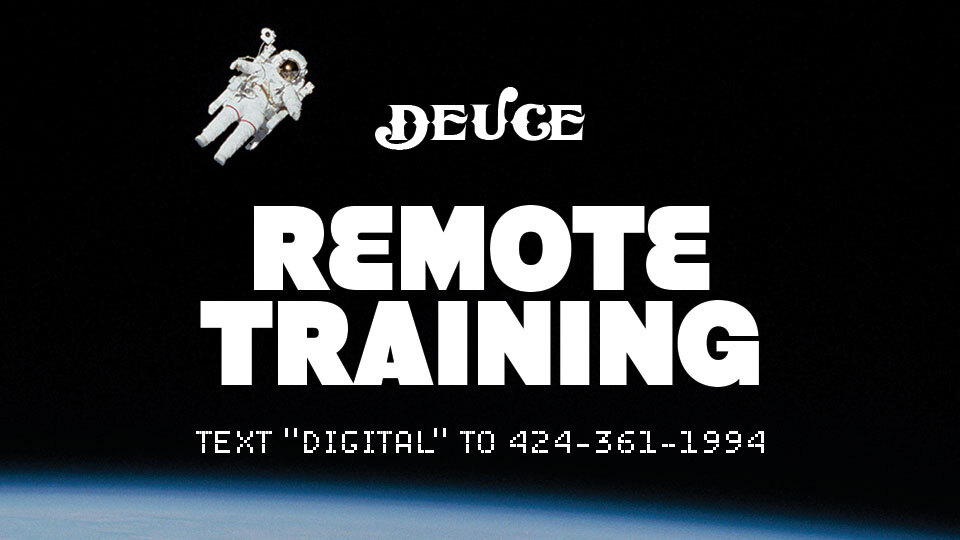
You know how it goes, “Mo money, mo problems.” (Sorry, not sorry. Go on, start singing The Notorious B.I.G…)
In the same lens, let’s address the abundance of communication channels available today. As in, “More channels, more problems.”
Now, in addition to [potentially] more problems, more communication channels can mean more opportunities, too. Much like training at the gym to expand your abilities in strength & conditioning can make you a fitter person for life, training to improve your effectiveness as a communicator – and across a greater range of channels – can also be a part of the fitness conversation. After all, how broad is your utility in being incredibly strong & fast if you’re incredibly limited in your ability to send & receive messages?
Take a moment to brainstorm all the different ways you can have a conversation with someone today. You could text, email, message on social media, message on a post on social media, Facetime, leave a voicemail, leave an audio message, send a Memoji, or a gif, call on the phone, send a letter, or even(!), talk face-to-face, in person. Grateful for someone? It’s 2020! Forget telling them to their face; post a photo to your IG story. Triggered by something you read? Avoid speaking directly to whoever said it; fire off an ambiguous proverb or celebrity quote to Twitter!
Sarcasm aside, there are a remarkable number of channels out there that I haven’t even mentioned. Familiar with the Dolly Parton challenge? Silly pop culture gimmick aside, it’s a timely example that highlights how we communicate differently across channels. Interestingly, it also highlights our awareness of how different channels afford different opportunities to communicate (and, not communicate) particular nuances of our identity, wants and needs.
Though more channels might yield more potential for misunderstanding intended messages, I challenge you to consider what the inclusion of more senses might provide.
What might happen if you prioritized communication through channels that allow you to hear and be heard, see and be seen, and in real time? – synchronous, versus asynchronous communication. Could more senses yield more clarity? Perhaps.
Unlike public speaking, there is no assigned “speaker” or “listener” within dialogue. Participants are simultaneously both, and, shift roles organically. Taking a page out of CrossFit’s The Hopper Method, but with regards to dialogue… how fit are you for the unknown?
Kimmy Moss
@kimmy.moss
PS – The next DEUCE Breath & Exposure Seminar is Saturday Feb. 8th from 9am-Noon. ENROLL NOW!
1/28/20 WOD
3-2-1
Back Squat
8-8-8-8
Dimmels
10-10-10-10
Partner GHR
Deflection Test
Every minute on the minute, maintain the following revolutions per minute:
Male: 52 RPM
Female: 46 RPM
**Add 2 RPMs each minute until failure

